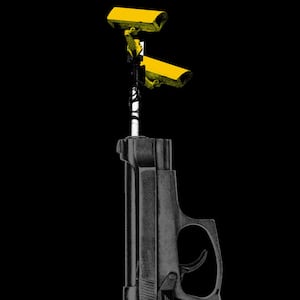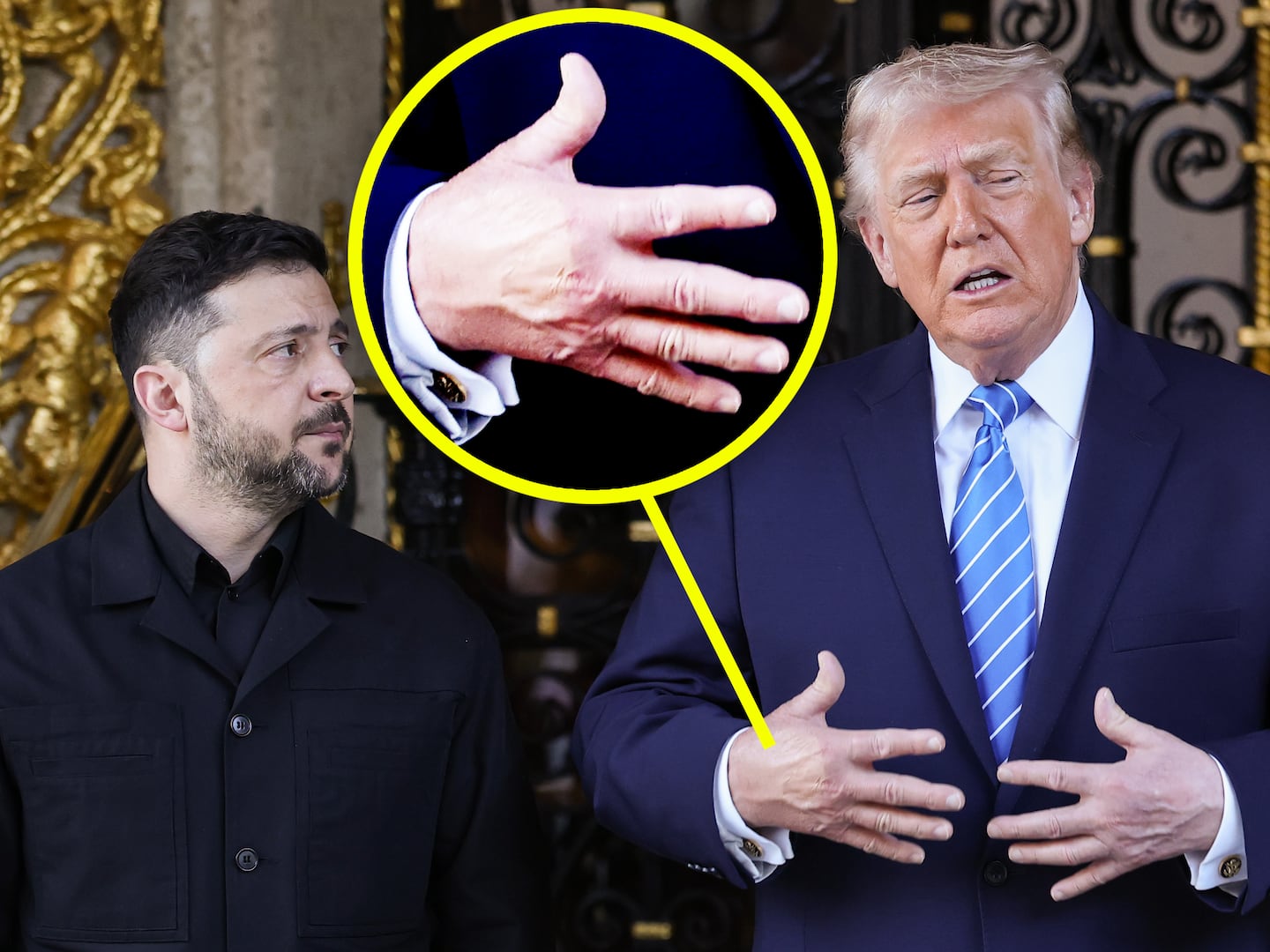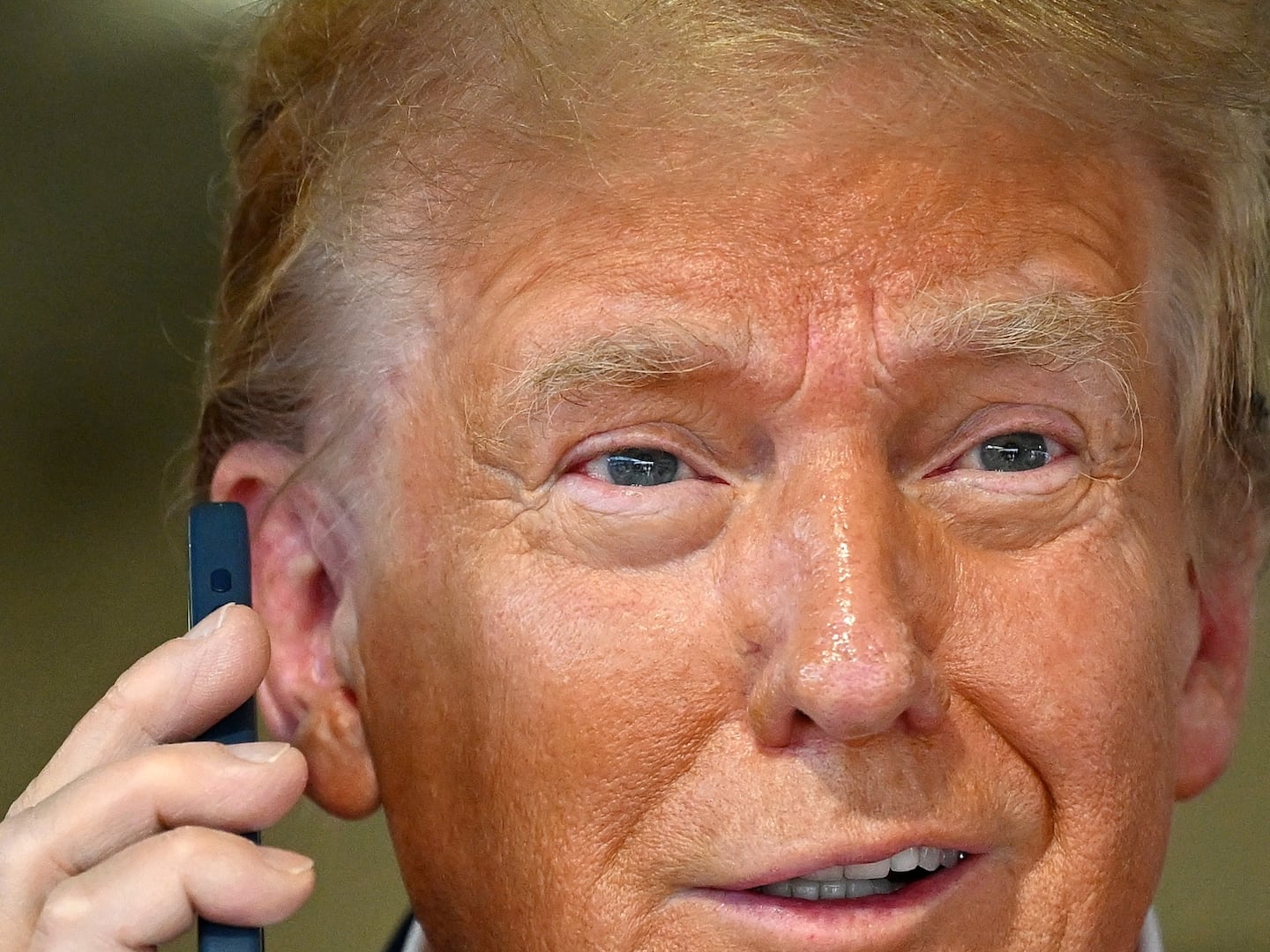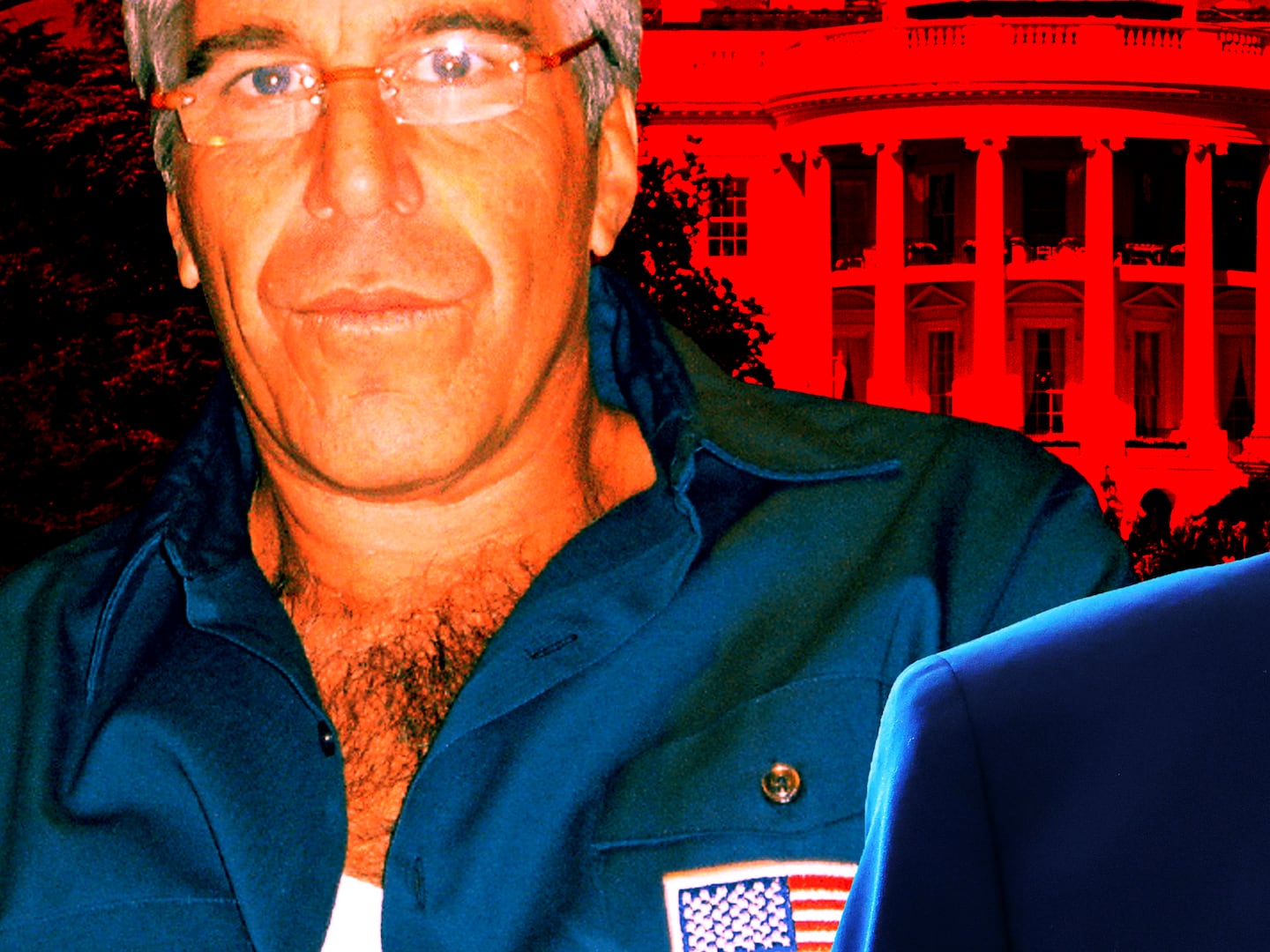A nightmare unfolded in our subways on Tuesday. As a New York City child, taking the train to school every morning, my half-awake mind would sometimes wonder what might happen if someone turned violent, our train car transformed into a moving cage, trapping us inside. It happened on Tuesday, when at least 10 people were shot and many more wounded, sending a shudder of terror into the hearts of millions of New Yorkers.
Since 9/11, leaders always claim the surveillance will save us, and leave pools of unused and misused technology in their wake. That’s been the pattern of American life for decades now. After people die, the profiteers and pols partner to claim tech will be our salvation. It happened again during the pandemic, as anti-terrorism tech was rebranded as social distancing solutions. And it happened again yesterday, as tragedy unfolded in the New York City subways.
In the hours that followed, Mayor Eric Adams expressed sympathies for those hit, promised vigilance in the search for the person responsible, and vowed that we’d have more safety in the future. But while we all crave certainty in the wake of such cruelty, such promises are often empty and always dangerous, particularly when it comes to surveillance.
Adams was quick to reassure the public that, “We're going to be introducing some new technology that we believe could assist us.” What that technology was, or how it could have possibly have prevented this sort of attack, he never said, but he promised it nonetheless.
Asked about metal detectors, Adams signaled a shocking openness to using them at train turnstiles, a perplexing proposal that’s completely unworkable on its face that his communications director had to walk back hours later. Not only would it take a medium-sized army to operate metal detectors at every train station, bus stop, and ferry terminal, but they simply wouldn’t work. Even if New Yorkers were willing to tolerate TSA-style checkpoints every time they want to leave home, the reality is that the TSA actually misses the majority of guns that passengers pack on planes.
Openness to the idea of metal detectors is particularly problematic coming from a mayor who has long been skeptical of the practice of using the scanners in some public schools. His administration has tried to have it both ways, expressing skepticism of traditional metal detectors while lauding novel “weapons detection systems.” The problem: Those alternatives don’t actually work.
When Jacobi Hospital in the Bronx unveiled its new gun-detection tech in March, it was lauded by Adams as a “humane” alternative to traditional metal detectors, but it was nothing of the sort. Look past the fancy marketing materials, and there’s not much of a there there. As exhaustively documented by the specialty publication IPVM, Elvolv’s real-world performance falls far short of the sales pitch.
Evolv is no outlier but a representative of the broader surveillance landscape of companies that never pass up the opportunity to turn tragedy into market share. Those charlatans keep finding willing partners in elected leaders seeking to soothe the public with pseudoscience and surveillance.
Yet at the very moment that city and state officials were promising some high-tech salvation from future terrors, MTA officials were admitting that the station CCTV cameras hadn’t even recorded the attack. If not even a simple video camera is working as advertised, why should we expect some half-baked Silicon Valley startup will be any better?
The truth is that in a country increasingly saturated by guns and inundated with pandemic trauma, there’s nothing we can do to stop this sort of attack. We want to believe that there’s some crystal ball to predict who will be a threat in advance but these are the things of fairy tales and dystopian nightmares, not public safety.
And I fear things will only get worse with the Supreme Court poised to strike down New York’s strict gun protections in just a matter of weeks, which will only increase the number of guns and shootings here. The pressure for solutions will grow, and in their absence, the number of surveillance gimmicks will only expand. But the price is steep, and not just because of the expensive price tags for these purported “solutions.”.
Past pouring billions into surveillance tech that doesn’t work, we’ll continue to see those systems that do function misused. Already, we see cameras installed in the name of combatting terrorism retargeted to track the unhoused. We see facial recognition used to track shoplifting and other petty thefts.
Whatever technology New York buys next, we know it can’t stop the next attack. What we don’t know is who it will hurt in the process.







